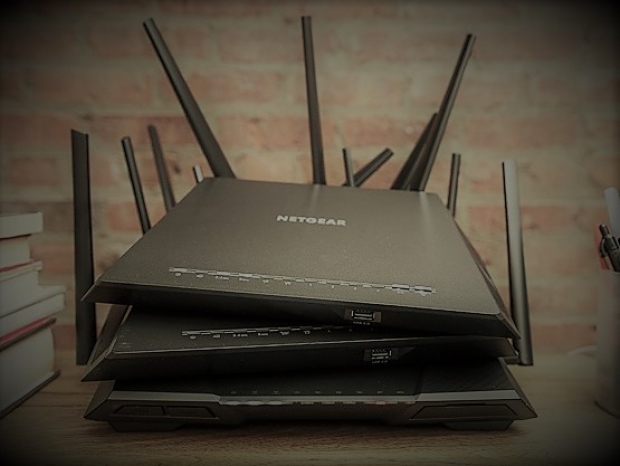This would be an increase of 3.2 percent on year. For the full year 2017, the market recorded more than $25.7 billion in revenues for an on year growth rate of 5.4 percent.
Meanwhile, the worldwide total enterprise and service provider (SP) router market recorded just under $4 billion in revenues in the fourth quarter of 2017, increasing 2.4 percent on the year. For the full year 2017, the router market finished at $15.2 billion, an increase of four percent over 2016.
The Ethernet switch market recorded its most substantial growth in the Asia Pacific excluding Japan region, which increased 11.1 percent on year in the fourth quarter of 2017 and was up 11.3 percent for the full year 2017.
China, which makes up the most significant share of the regional total, crossed the $1 billion mark for the first time in a single quarter after growing 17.8 percent on year in the fourth quarter of 2017 and 16.1 percent on year for the full year 2017.
The Western Europe region grew 2.8 percent on year in the fourth quarter of 2017 and 6.5 percent for the full year 2017. Germany saw especially strong results in the fourth quarter of 2017 after growing 7.8 percent on year and 10.8 percent on the quarter. Germany was also up 11.2 percent on year for the full year 2017.
The Middle East and Africa region had mixed results in the fourth quarter of 2017, growing 12.3 percent sequentially, but declining by 0.8 percent on the year. The area finished the year up 5.2 percent compared to 2016.
IDC Network Infrastructure vice president Rohit Mehra said that the Ethernet switching market continues to rapidly mature with customers quickly moving to higher 100GbE speeds, especially in datacenter deployments.
"While different regions are in varying stages of maturity viz-a-viz public and private cloud growth, the market is looking to capitalise on new infrastructure rollouts, which is helping to drive vendor revenue growth."
Revenues from 100Gb Ethernet switches continues to grow rapidly as adoption by hyperscale cloud providers, and large enterprises accelerate. 100Gb shipments reached more than 1.3 million ports and $661 million in revenues in the fourth quarter of 2017.
100Gb now accounts for 9.6 percent of total market revenues, up from just 4.8 percent in the same quarter a year ago. 25Gb/50Gb Ethernet switch products continue to gain traction.
Shipments exceeded one million ports with US$124 million in revenues in the fourth quarter of 2017. Growth in 25Gb, 50Gb, 100Gb continue to impact the 40Gb segment negatively. 40Gb port shipments decreased 6.9 percent on year and revenues were down 11.2 percent for all of 2017.
The 10Gb market continues to see healthy growth, but pricing pressure is holding back revenue increases. 10Gb shipments in the fourth quarter of 2017 grew 37.2 percent on year while revenues decreased 2.7 percent.
Meanwhile, 1Gb remains the primary connectivity technology for enterprise campus and branch deployments, driving 1Gb port shipments to 112.6 million in the fourth quarter of 2017, growing 5.4 percent on year with market share remaining steady at 66.7 percent of all ports shipped. Concerning revenues for the fourth quarter of 2017, 1Gb was up sequentially 0.5 percent but decreased 4.0 percent on year and was down 0.5 percent for the full 2017 year. 1Gb made up 42.4 percent of the overall market's revenues while 10Gb accounted for 34.7 percent.
The worldwide enterprise and service provider router market grew 2.4 percent on an on year basis in the fourth quarter of 2017 with the more significant service provider segment rising 1.4 percent and the enterprise portion growing 5.3 percent. For the full year, the combined market increased four percent with the service provider segment driving 5.7 percent growth and the enterprise segment declining 1.1 percent.
This will be a market to watch carefully over the coming quarters as software-defined architectures start to take hold across the WAN with the potential for SD-WAN to disrupt traditional routing and WAN optimisation architectures and WAN transport services markets, IDC said.




